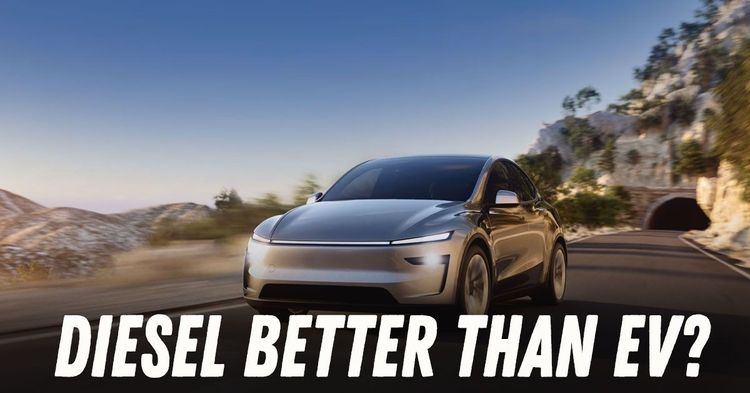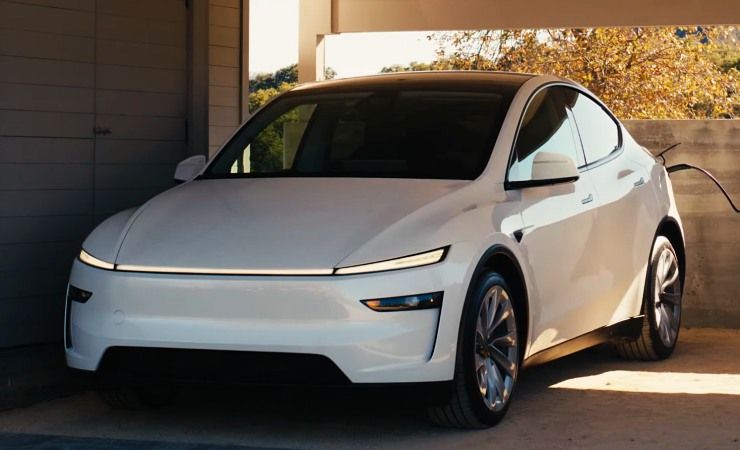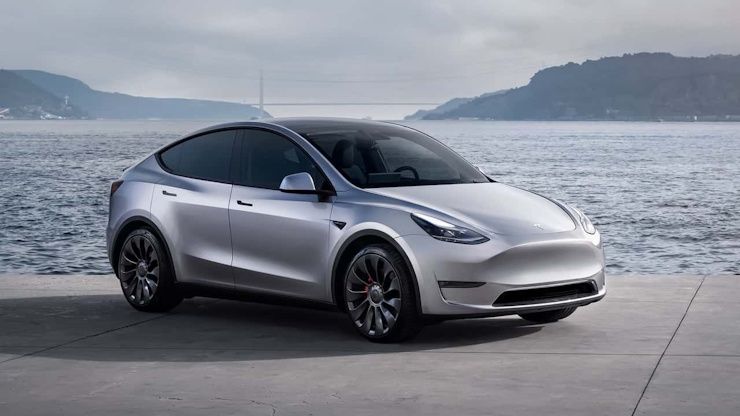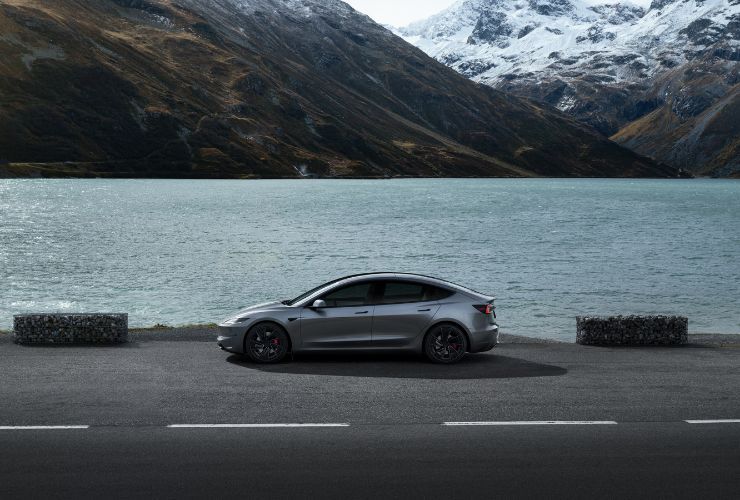Diesel Cars Better Than EVs For Long Drives: Reveals 2,500 Road Trip


A group of Spanish journalists recently did a 2,500-kilometre road trip from Berlin to Madrid, aimed at testing the real-world performance of electric cars and to see how they fare against diesel-powered counterparts. The team drove two Teslas — the Model Y RWD and the updated Model 3 Highland, both equipped with Long Range batteries. The cost, convenience and practicality of these were compared to diesel cars.

The team started the drive after taking a tour of the Tesla Gigafactory near Berlin, where the Model Y is produced. They drove towards Madrid, stopping every 200 to 300 kilometres to recharge the batteries. These allowed the drivers to rest and freshen up, and in most cases, the cars were fully charged before the team hit the road again.
Tesla’s Supercharger network was the main charging source. The team also used other public chargers, but occasionally. The journey was designed to simulate normal long-distance commutes, incorporating real-world conditions.
Using official European fuel price data, the team compared the total cost of charging the Teslas to the cost of fueling a diesel car.
Over the 2,500-kilometre road trip, charging the electric vehicles cost €53.62 more than running the same distance in a diesel vehicle. When compared to a petrol vehicle, the EVs were cheaper by a larger margin, with the gap increasing to €136.61 in favour of the electric models.
This shows that for long road trips, diesel still has the edge when it comes to fuel costs. Electricity prices vary across countries, and fast charging can be expensive, especially when using networks like Tesla’s Superchargers.

Why were the costs so high? Well, one key reason was the choice of chargers. Tesla’s Superchargers are among the fastest available, making them ideal for long trips, but they are also more expensive than slower alternatives. If the team had used slower public chargers or combined different charging types, the cost savings could have improved. But this would have made the trip longer and less convenient.
This highlights a common challenge for EV drivers — balancing charging speed and cost. Fast charging gets you back on the road quickly but can be pricey. Slower charging saves money but takes more time.
When time and convenience were taken into account, diesel vehicles clearly had the upper hand. Recharging an EV still takes longer than filling a fuel tank. For people who value fast travel with fewer stops, diesel remains the better option, at least for now.
However, the journalists agreed that recharging was not a major inconvenience. The electric cars kept a steady pace, and the break times during charging should have helped reduce driver fatigue.

While diesel won on refuelling speed and fuel cost during this trip, electric cars still offer strong long-term benefits. EVs typically have fewer moving parts and require less maintenance over time. They are also cleaner and better for the environment, especially in cities that face pollution issues.
But for longer highway drives, especially in areas with fewer charging stations or expensive electricity, diesel may still be the more practical choice- at least until the charging infrastructure improves.
This 2,500-kilometre road trip from Berlin to Madrid offered real-world insights into the performance of electric vehicles over long distances. They are improving fast, but for now, diesel remains the better choice for quick and cost-effective long-distance travel.